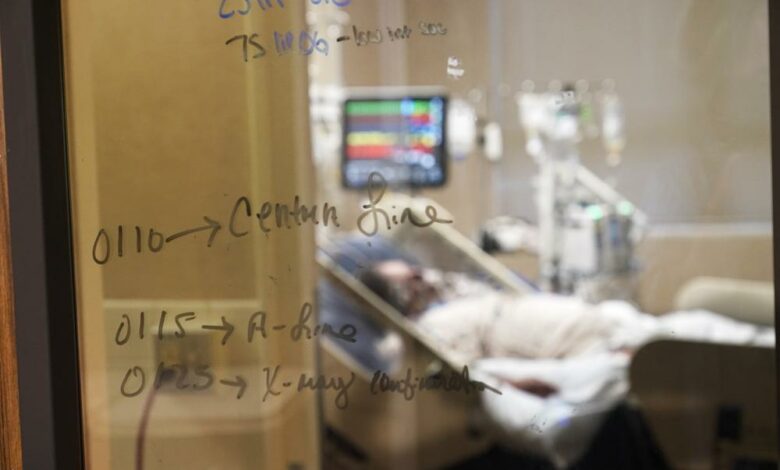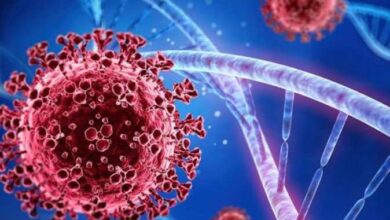
NEW ORLEANS (AP) — Louisiana hospitals already packed with patients from the latest coronavirus surge are now bracing for a powerful Category 4 hurricane, which is expected to crash ashore Sunday.
“Once again we find ourselves dealing with a natural disaster in the midst of a pandemic,” said Jennifer Avegno, the top health official for New Orleans. She called on residents to “prepare for both.”
Hurricane Ida is forecast to slam into the state late Sunday along the Louisiana coast. It is expected to be at Category four strength at landfall with fierce winds up to 150 mph (240 kph). The storm comes as hospitals and their intensive care units are already filled with patients from the fourth surge of the COVID-19 pandemic, this one sparked by the highly contagious delta variant and low vaccination rates statewide.
Daily tallies of new cases went from a few hundred a day through much of the spring and early summer to thousands a day by late July. Statewide, hospitalizations had peaked at around 2,000 or less in three previous surges. But that number peaked at more than 3,000 in August. The number reported Saturday was near 2,700, still high enough to stress hospitals.
Gov. John Bel Edwards said evacuation of hospitals in threatened areas is something that would normally be considered under other scenarios, but it’s impractical as COVID-19 patients fill beds in Louisiana and elsewhere.
“That isn’t possible. We don’t have any place to bring those patients. Not in state, not out of state,” Edwards explained.
Officials at Ochsner Health, which runs the largest hospital network in the state, said Saturday that they considered evacuating some of their facilities closer to the coast but that wasn’t possible considering how packed other hospitals are in their network. Roughly 15 of their hospitals are in areas potentially affected by Ida. But they did evacuate some individual patients with particular medical needs from smaller hospitals in more rural areas to their larger facilities.
“COVID has certainly added a challenge to this storm,” said Mike Hulefeld, executive vice president and chief operating officer of Ochsner Health.
But the hospital chain says in other ways it feels as prepared as it can be. Hulefeld said three days ago they ordered 10 days worth of supplies for facilities in areas that might be affected by Ida and everything has arrived. Each facility has backup power that’s been tested and a backup fuel truck on site. Many of their hospitals also have water wells should city water go out.
“We’re as ready as we can be,” said Hulefeld.
Jeff Elder, a doctor who is also the medical director for emergency management at LCMC Health, said that the system’s six hospitals will go into lockdown mode Sunday morning. The staff who were going to stay at the hospitals for the duration of the storm were coming in Saturday and Sunday morning and would sleep at the hospital.
Elder said one of the first things their hospitals do when storms come in is discharge any patients who are able to leave. However, their patient load is higher than usual because of the pandemic so they’re not able to reduce by that much. But he said the hospitals in the system are much more robust since 2005’s Hurricane Katrina.
“We’ve learned a lot since 2005,” he said. Key pieces of infrastructure are now raised to keep them out of flooding. For example, at University Medical Center in New Orleans, which was built after Katrina, the generator is raised, diesel supplies are protected and the first floor doesn’t have essential services so even if flood waters get that high nothing essential is lost.
All of the hospitals in the system have generator backup power, Elder said. He also stressed that communication is now much better between hospitals in the hospital system as well as with various levels of government.
__
Follow Santana on Twitter @ruskygal.




